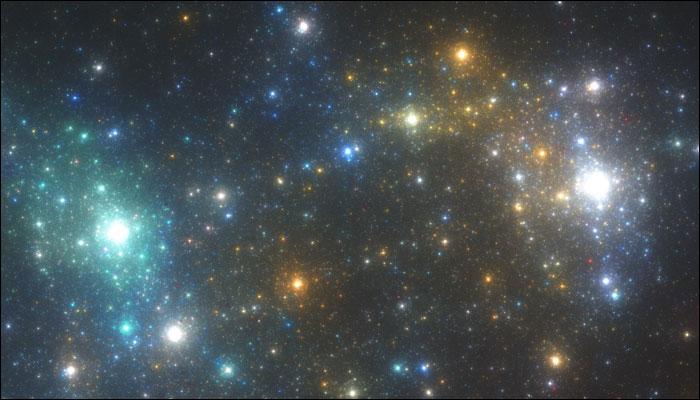Washington: Astronomers are in the process of building a small space telescope to explore the flares and sunspots of small nearby stars to assess how habitable the space environment is for planets orbiting them.
The telescope with a diameter of 9 centimetres, or 3.6 inches, will be fitted on a spacecraft known as the Star-Planet Activity Research CubeSat, or SPARCS to be launched in 2021, to focus on stars that are small, dim and cool by comparison to the sun.
These stars — known as M dwarfs — are less than half the sun’s size and temperature and they shine with barely one per cent of its brightness.
The telescope will be built alongside a camera with two ultraviolet (UV)-sensitive detectors to be optimised for observations using UV light, which strongly affects the planet’s atmosphere and its potential to harbour life on the surface.
“People have been monitoring M dwarfs as best they can in visible light. But the stars’ strongest flares occur mainly in the ultraviolet, which Earth’s atmosphere mostly blocks,” said Evgenya Shkolnik, Assistant Professor at the Arizona State University.
Although the orbiting Hubble Space Telescope can view stars at ultraviolet wavelengths unhindered, its overcrowded observing schedule would let it dedicate only the briefest of efforts to M dwarfs.
The telescope uses a mirror system with coatings optimized for ultraviolet light. Together with the camera, the system can measure very small changes in the brightness of M dwarf stars to carry out the primary science of the mission.
M dwarfs are exceedingly common that they make up three-quarters of all the stars in our Milky Way galaxy as well as nearly 40 billion rocky planets in habitable zones around these stars, meaning that most of the habitable-zone planets in our galaxy orbit M dwarfs.
Capturing lengthy observations of M dwarfs will let astronomers study how stellar activity affects planets that orbit the star.
IANS

